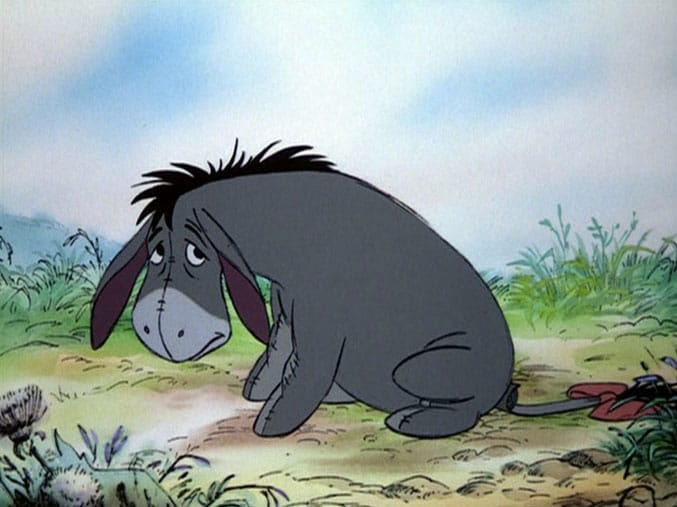Careful, Not Perfect

Again, there’s a puritanical strain in American liberalism that is coming out in the pandemic to negative effects. The lesson, even as this slowly winds down, is that people need to be careful in their actions, but not perfect.
Much of the discussion about the coronavirus and how to mitigate it has been framed in absolutist terms. The initial phase of the pandemic was marked by harsh lockdowns, including relatively safe spaces like parks and beaches. People created Instagram accounts to shame those who didn’t perfectly follow the precautions. Schools have remained closed partly because parents and teachers are worried about any risk of Covid-19, suggesting that any risk whatsoever is too much.
But over the course of the pandemic, an alternative has started to take hold: harm reduction. The approach, initially popularized by activists working on drug use and HIV/AIDS, focuses on minimizing risk, even under less-than-ideal circumstances, such as telling people to have safe sex rather than abstain entirely, or be monogamous to avoid HIV. In theory, it’s not the best approach for preventing HIV, but it’s better, while letting people live their lives closer to what they want.
Over the past year, people have started to take approaches that enable them to do the things they love — even if that means minimizing risk rather than eliminating it entirely. Now, more people are dining out and going to parks, mitigating the risks involved with social distancing and masks. Federal officials have pushed to reopen K-12 schools, talking about reducing risk rather than completely eliminating it.
Many of the experts I’ve talked to throughout the course of the pandemic have certainly become more receptive to harm reduction since Covid-19 first emerged.
“You can’t just tell people to stay home” — that clearly hasn’t worked, Saskia Popescu, an infectious disease epidemiologist at George Mason University, told me. The right approach, she argued, tells people, “If you have to leave your house, here’s a way to understand risk and the spectrum of risk, and here’s how to protect yourself.”
But, experts say, the transition to a greater embrace of harm reduction has taken too long in the US and there are still pockets of resistance, not just among the public and politicians but even some experts, too. During the vaccine rollout, for example, news articles and experts have warned about people gathering after they get vaccinated because there’s still some risk that a vaccinated person could carry and spread the virus.
“There’s a very large streak of abstinence-only — even in my own field,” Amesh Adalja, a senior scholar at the Johns Hopkins Center for Health Security, told me. “The evidence is incontrovertible on harm reduction. My problem with harm reduction is we didn’t go far enough.”
The consequences of this are hard to precisely measure, but experts say the resistance to harm reduction has likely caused unnecessary suffering and deaths. The initial resistance to reopening parks and beaches robbed people of a relatively safe avenue to relax during a very stressful lockdown period, making them more likely to become fatigued and resistant to Covid-19 precautions.
The school closures, even as evidence has shown in-person teaching can be made fairly safe, have resulted in huge learning gaps and mental health problems for students. And it’s left parents reliant on school services, from supervisory functions to lunches, struggling to make ends meet.
Suggesting you won’t even be able to hug your vaccinated loved ones after you get a vaccine could lead some people, particularly those already skeptical, to ask why they should bother — right as we need just about everyone to get a shot.
People get very upset when this absolutism is questioned, but not only is it anti-human to do so (the last year’s introvert paradise has led to an introvert discourse as well), it is also counterproductive. You can’t handwave away the extremely negative effects of long-term lockdowns, especially on both children and the elderly. Moreover, at this point, we want to incentivize people getting shots, not tell them that they are still in danger. This requires talking about how awesome life is going to be after the vaccine and all the things they can do right away–even if those actions are not entirely risk free.
And if you say that this and that isn’t right and that risk is bad, etc., well, these are real life human beings we are dealing with, not some idealized conception of humanity in a vacuum. People are complicated, need incentives, and would rather die than not be allowed to hug their grandkids. Can you blame them for that? I sure can’t.
And remember, public health is not just about the disease. It’s about long-term physical and mental issues, making people as happy as possible, creating better lives for everyone. That means there are a large set of factors that have to go into it. Just “listen to the scientists” is not how we can create public health, as the CDC recommends that women of childbearing age not drink one drop just in case they are pregnant, for instance. Everyone makes up a society and public health has to combine all those perspectives to maximize outcomes.


